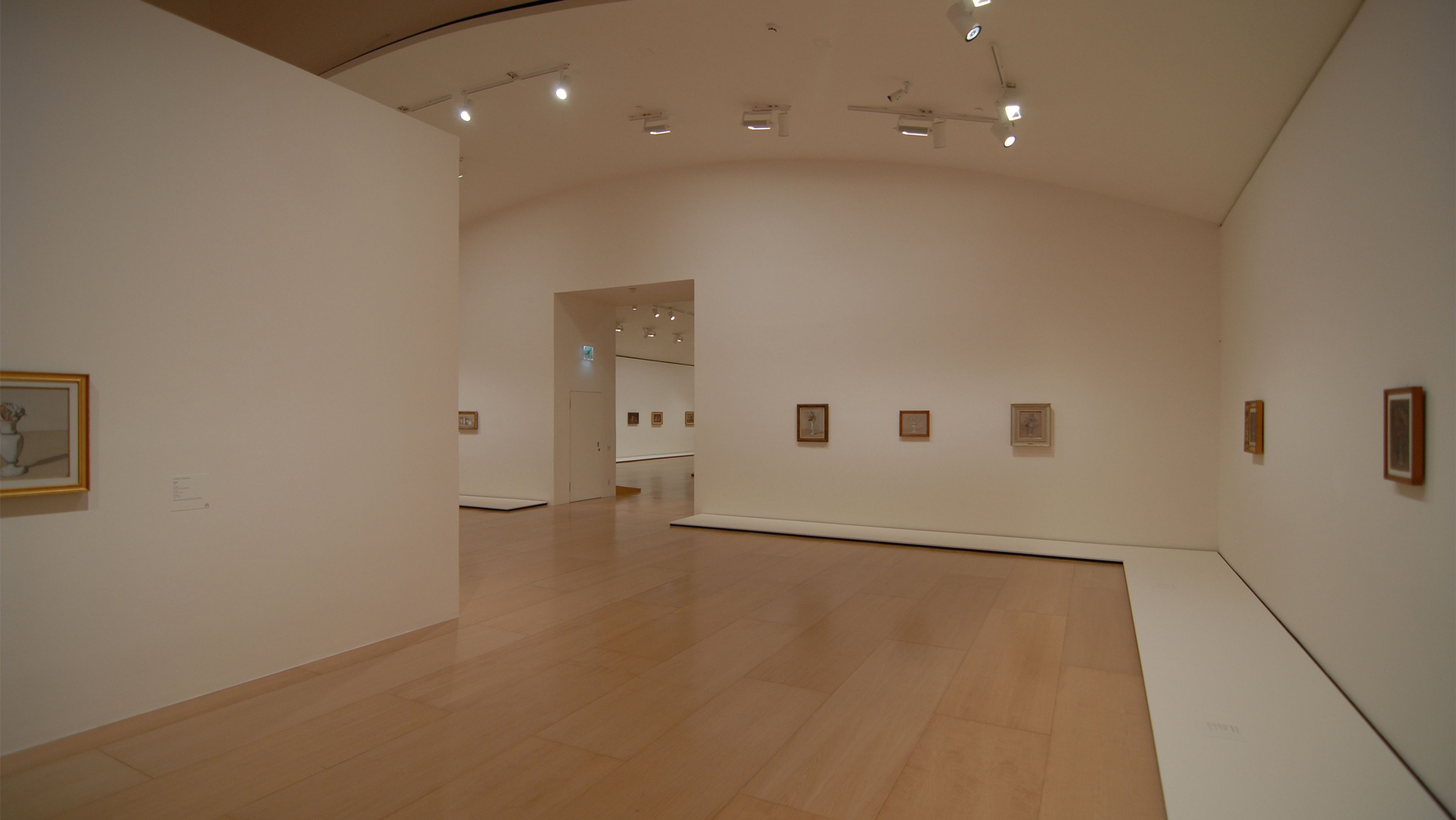Guggenheim Bilbao
April 2019
“I felt that only an understanding of the most vital works that painting had produced through the past centuries could guide me in finding my own way.” —Giorgio Morandi
This month, a major exhibition at the Guggenheim in Bilbao examines the formation of Giorgio Morandi’s practice. While the small-scale still lifes and landscapes for which he is best known are associated with no specific painterly school, Morandi looked to many sources in creating his work. With this presentation, Guggenheim curator Petra Joos aims to expand on the monographic approach seen in a number of retrospectives and solo exhibitions to date, presenting his work in the context of artists he studied and drew inspiration from.
The exhibition is organized into three sections, each devoted to a particular period and frame of artistic reference for Morandi’s work. "Morandi and the Still-Life Tradition" examines his relationship with the art of the Spanish Golden Age during the seventeenth century; "Morandi: A New Incamminato" looks at the lineage of artists in Morandi’s native city of Bologna from the late sixteenth to the early eighteenth centuries, among them Giuseppe Maria Crespi, whose work he admired; and "Space and Matière: Chardin and Morandi" explores his engagement with the work of the eighteenth-century French genre painter Jean-Baptiste Siméon Chardin, whose work influenced Morandi’s use of composition in the late 1940s and early 1950s. "Morandi’s spare still lifes of simple household things flew in the face of modern movements such as Surrealism," Apollo magazine notes; "This exhibition shows how he looked instead to past masters’ handling of specific objects such as El Greco’s flowers, or Chardin’s boxes."
Morandi’s work is also on view at the Center for Italian Modern Art in New York through June 1, where Metaphysical Masterpieces 1916–1920: Morandi, Sironi, and Carrà focuses on the short period that concluded the first phase of two major avant-garde movements: cubism in France and futurism in Italy.
